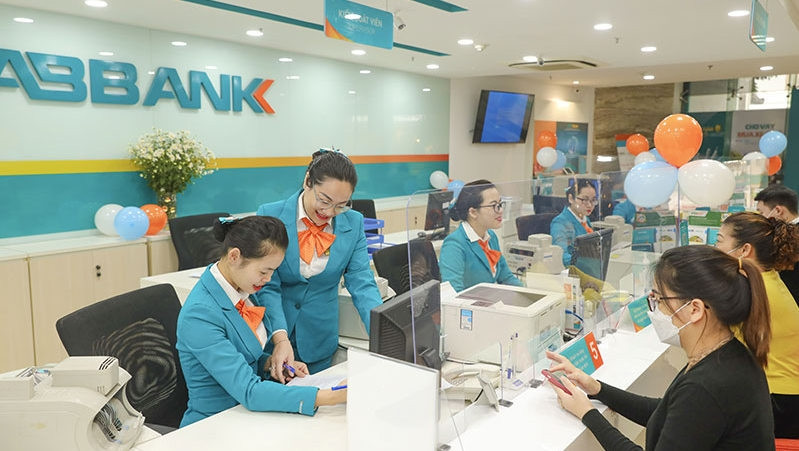Deputy Director of the SBV’s Monetary Policy Department Pham Chi Quang shared that all enterprises want to access cheap loans to sustain their business in the aftermath of the COVID-19 pandemic. Therefore, in 2022, Vietnam’s central bank will strive to maintain the stability of the average interest rate and will direct credit institutions to continue cutting costs and reduce lending rates to support the economy.
According to a report by Bao Viet Securities Company (BVSC), the SBV did not cut policy rates in 2021 as it had in 2020 but employed other measures flexibly to support market liquidity, thus helping the average deposit rate in 2021 drop by 1 percentage point compared to the 2021 average.
SBV’s Deputy Governor Dao Minh Tu said the central bank kept the policy rates at low levels in 2021 to enable credit institutions to access funds with low costs so as to cut lending rates. The SBV also directed banks to minimise their costs and adjust their business plans and profit targets in order to prioritise lowering rates on current outstanding debts and new loans.
SBV data shows that the total amount of interest cut by 16 banks reached 18.095 trillion VND (800.9 million USD), equivalent to 87.7% of their commitments. Four major state-owned banks also pledged to spend a further 4 trillion VND (177.2 million USD) to reduce lending rates.
With such measures, the average lending rate in 2021 continued to drop by 0.82 percentage points, with short-term lending rates in Vietnamese dong for some sectors averaging at 4.3%, lower than the SBV’s threshold of 4.5%.
The fact that interest rates have been maintained at low levels has helped people and enterprises to overcome difficulties and restore business activities. But 2022 will present new opportunities and challenges. According to analysts at BVSC, the inflation pressure might compel the central bank to raise interest rates. But it is highly likely that the rise will be modest so as to support economic recovery amid the potential risks of COVID-19. The average rate in 2022 is forecast to rebound by a slight 0.25-0.5 percentage points.
The pressure on interest rates from global financial and monetary developments are also being watched closely by the SBV. Deputy Governor Dao Minh Tu stated that the general trend in many developed countries is raising interest rates, which is piling pressure on developing countries like Vietnam. Therefore, maintaining stable rates amid global rises is a great challenge. But it is a legitimate wish of the people and enterprises for lending rates to go down, so the SBV has continued to direct commercial banks to cut their costs so as to reduce lending rates if possible.
According to economist Can Van Luc, there is still room for lowering rates, but it is not much as current rates are already relatively low and the world has started raising interest rates and scaling down support packages. Moreover, rising inflation pressure and bad debts are also major challenges.
Financial and banking expert Nguyen Tri Hieu stated that not only interest rates but many other issues will also still rely heavily on the pandemic situation in 2022. If the virus is well controlled and the economy recovers quickly, then interest rates will rise again but by only 0.5-1 percentage point. On the contrary, if the situation becomes worse, rates can go down by 0.25-0.5 percentage points to support the people and enterprises.
He emphasised that regulating interest rates is a great challenge, requiring the State Bank of Vietnam to make flexible adjustment in accordance with market developments and the macroeconomic situation.
















